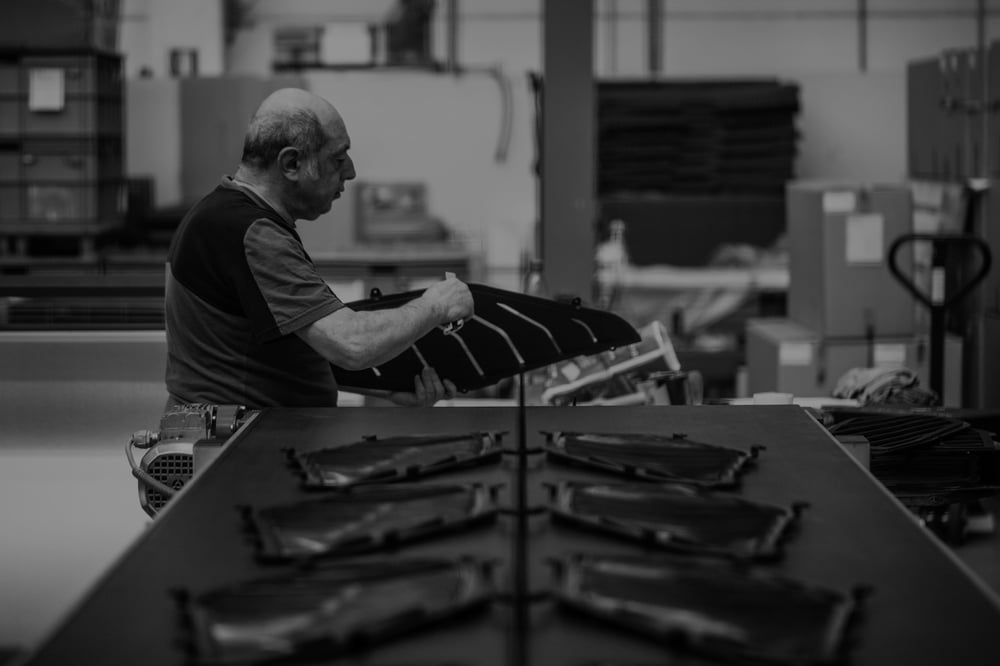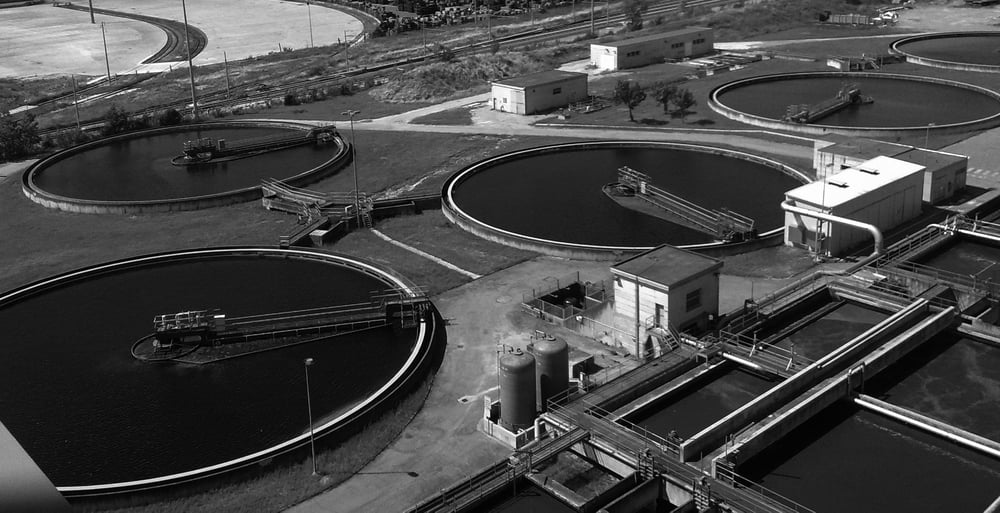Less food waste and more logistic efficiency in Cirfood
AI solutions for the restaurant industry
CIRFOOD is a cooperative company with 13.000 employees that operates in various areas of collective catering (corporate, school and social and health care), including in the commercial sector. It is one of the most important companies in this sector and is part of the Circular Economy Alliance, a group of large innovative companies that presented the roadmap towards a circular economic model.
In order to increase the level of sustainability and efficiency of CIRFOOD's processes, we have implemented a Demand forecasting and Inventory Optimization solution, based on artificial intelligence algorithms.
THE CASE STUDY
Objectives of the project:
- to always guarantee fresh goods
- to improve warehouse management
- to increase the level of sustainability of processes
Solution adopted
We have developed an artificial intelligence system consisting of two phases: Demand Forecasting and Inventory Optimization. In the demand forecasting phase, the models predict future demand for products leaving the canteens and kitchens managed by CIRFOOD. In the Inventory Optimization phase, these predictions are made to suggest the best time to place orders with suppliers, minimizing overstock and reducing waste. All the choices made by the system are reported via the Web App to operators, who in this way are able to monitor and control the options suggested and choose the best one, based on personal experience.
Results achieved
- Optimum warehouse management: -111 tons of average storage
- Optimum understanding of market evolution: +56% increase in demand forecasting performance
THE SOLUTION
Demand Forecasting and Inventory Optimization
Demand Forecasting is a technology that is used to manage in advance all the variables that drive the variation in market demand, providing a strategic advantage to production planning. Thanks to Inventory Optimization, it is possible to use these forecasts to minimize the volume occupied in the warehouse and the fixed economic value, thus optimizing overall logistics management.


